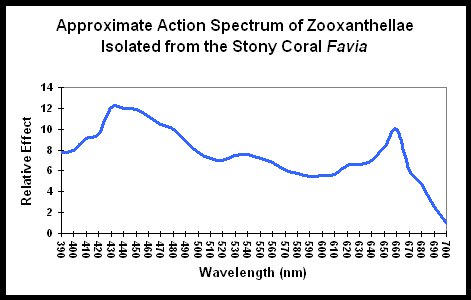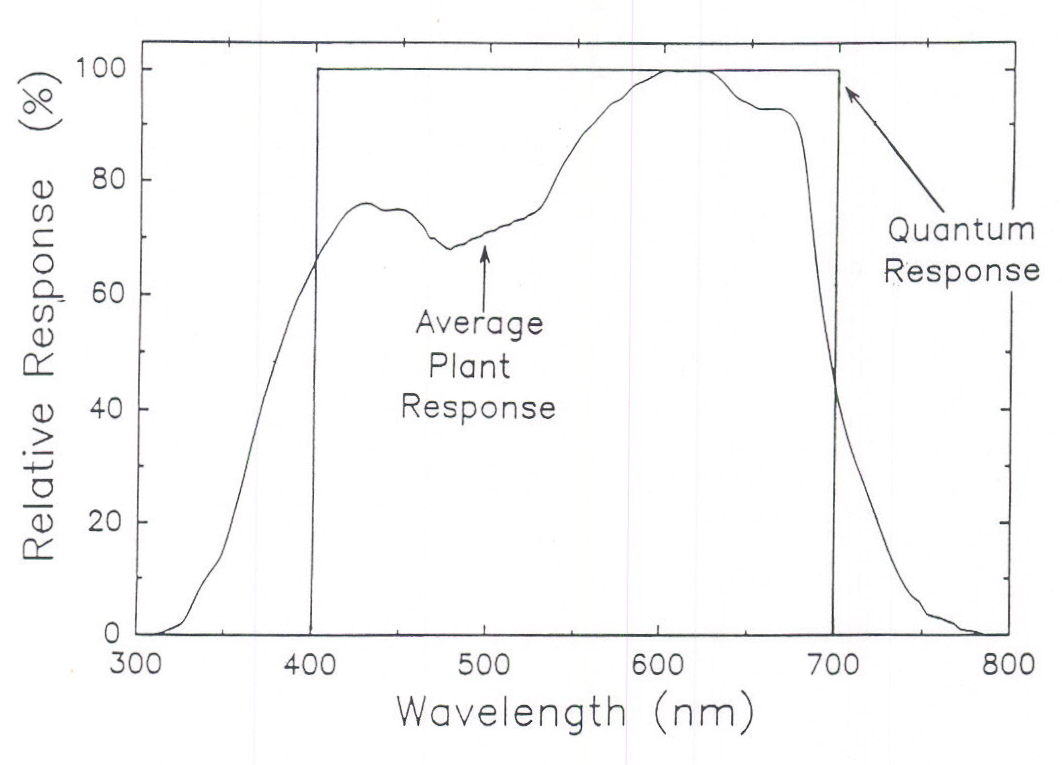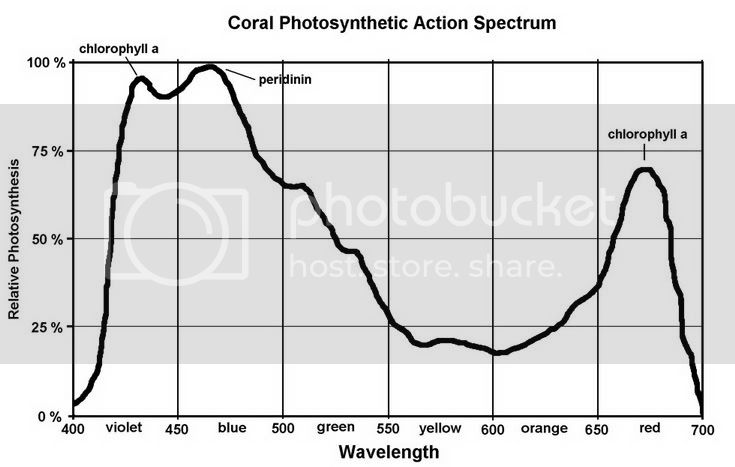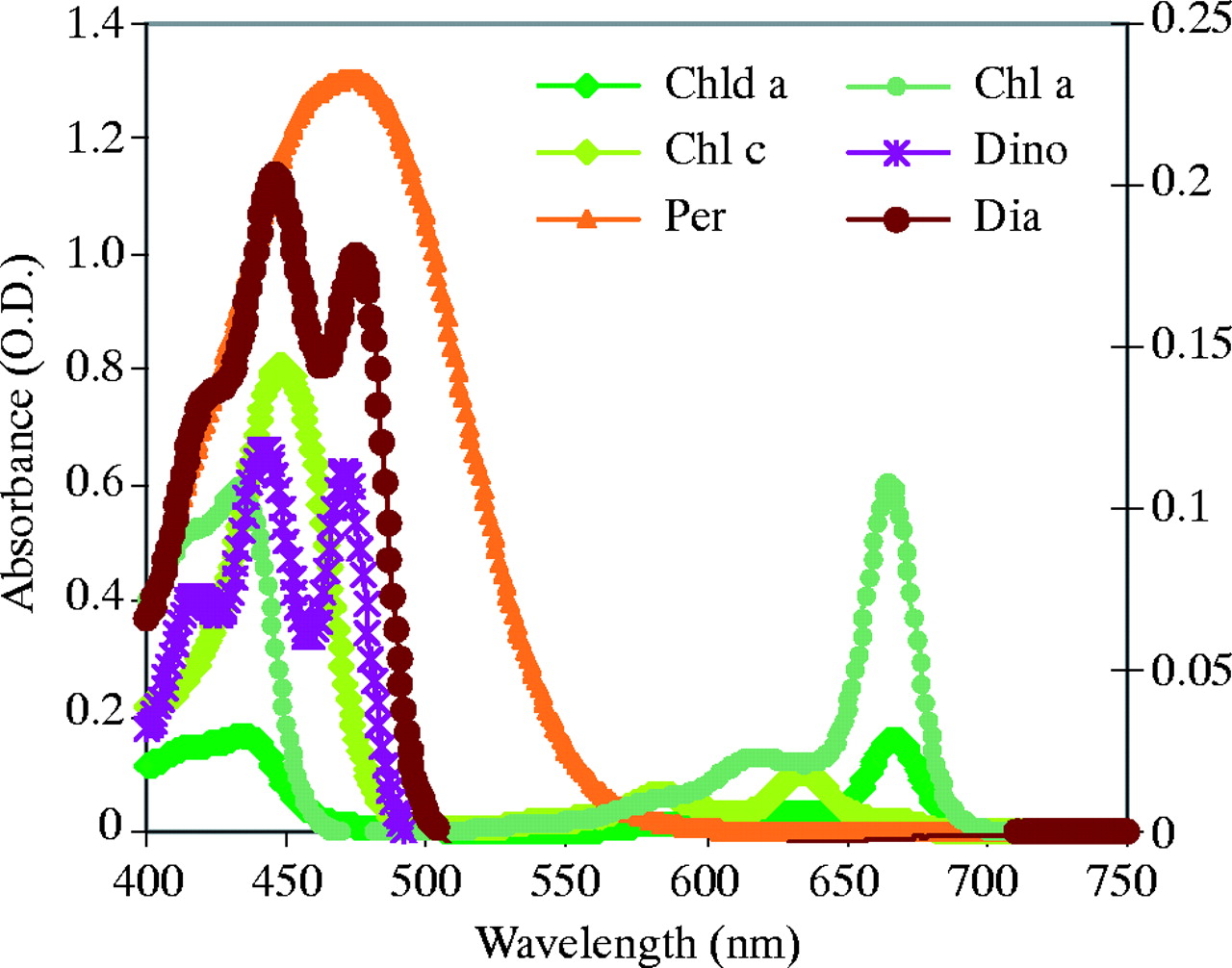I was browsing threads last week and swear that I saw some posts about some studies and findings that there is a lot of wasteful spectrum in LEDs... something about a Kessil having 300 PAR, but 100 of it was waste?
My memory is horrible and I apologize if I misremembered all of this, but does this ring a bell to anybody? I have searched through a few pages (quickly, albeit) and did not find anything.
TIA
My memory is horrible and I apologize if I misremembered all of this, but does this ring a bell to anybody? I have searched through a few pages (quickly, albeit) and did not find anything.
TIA






















